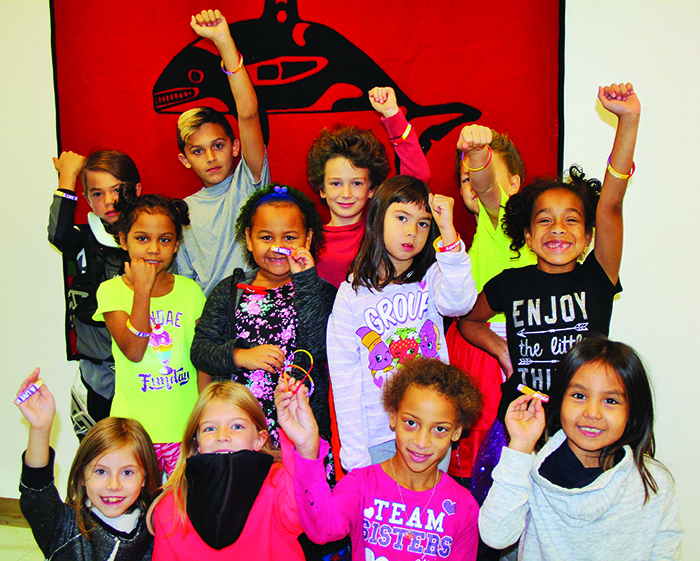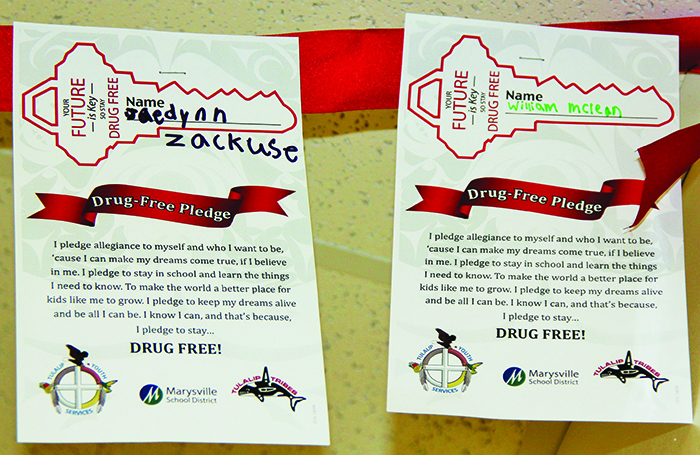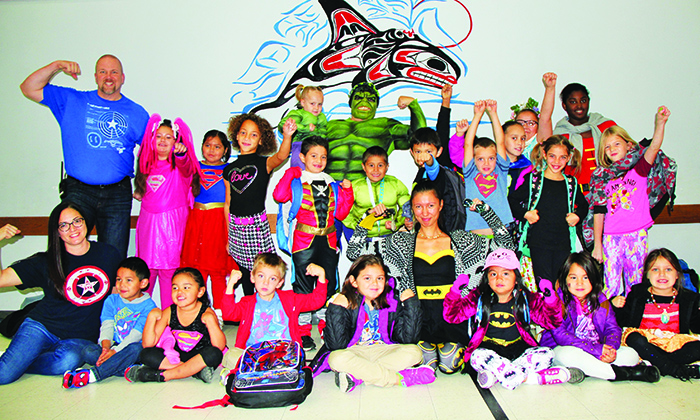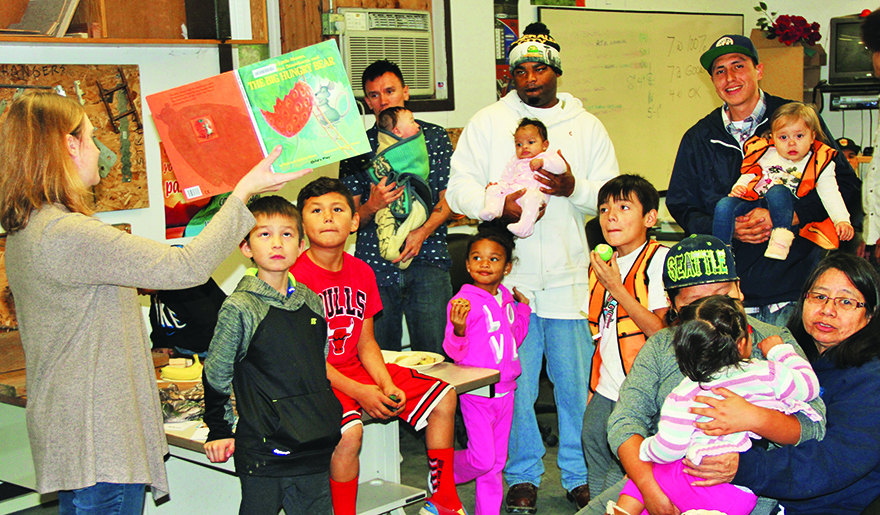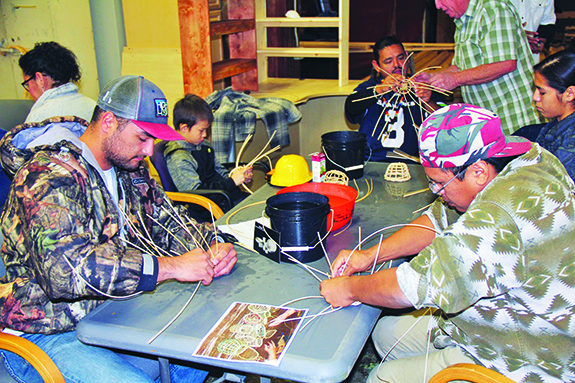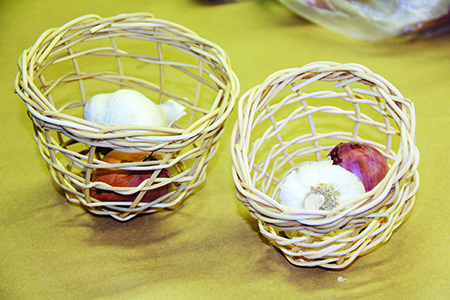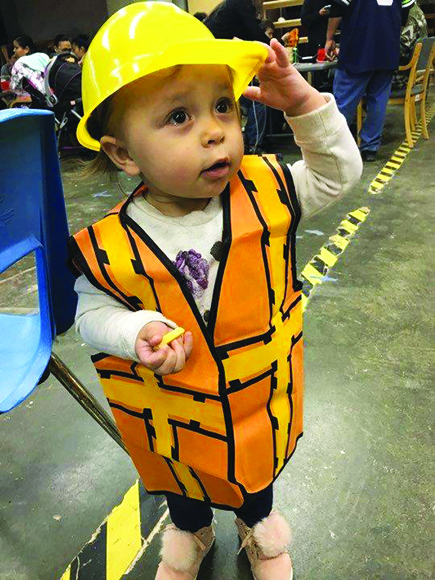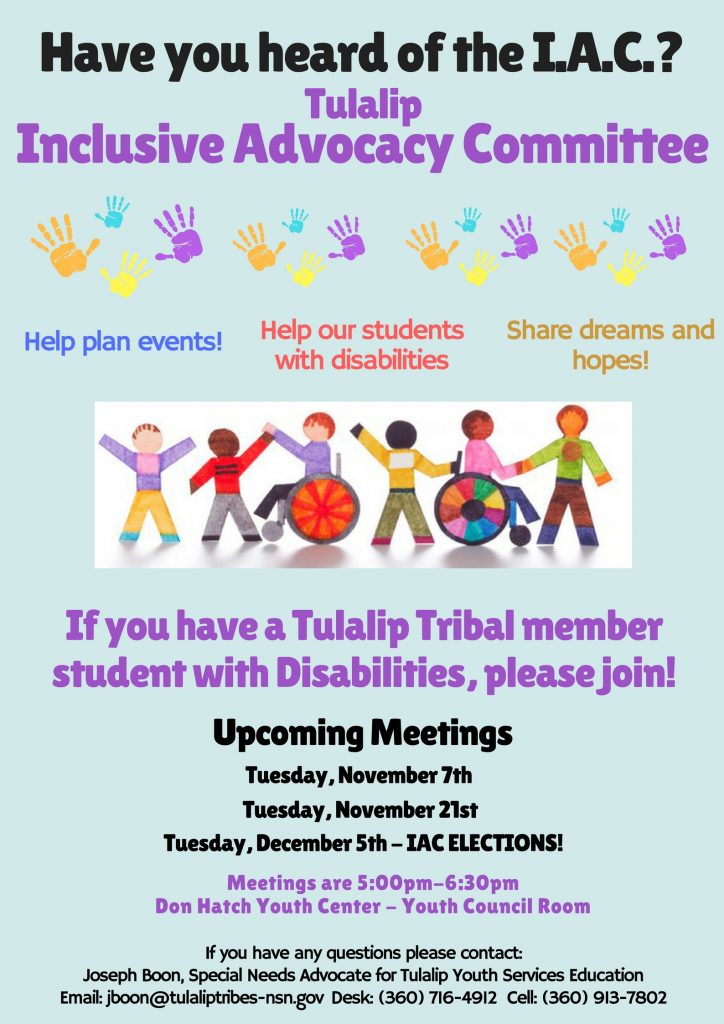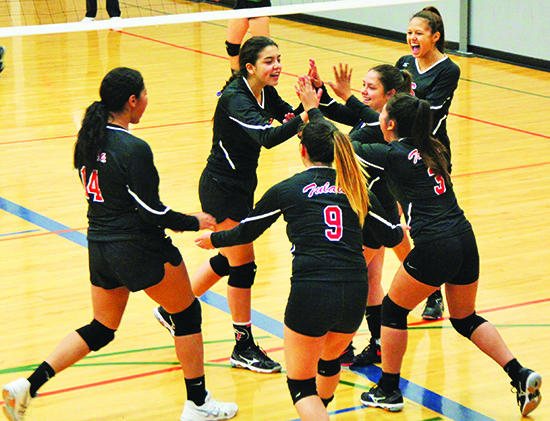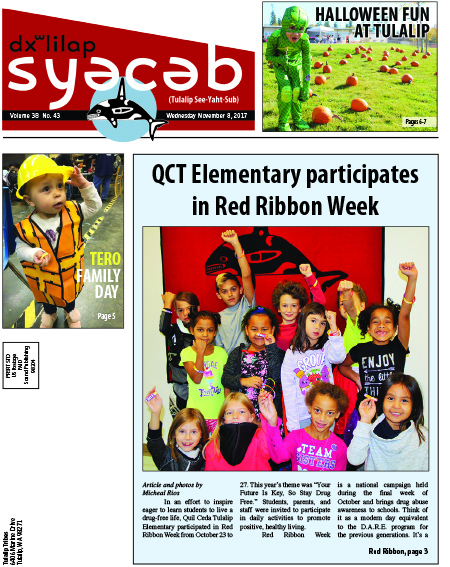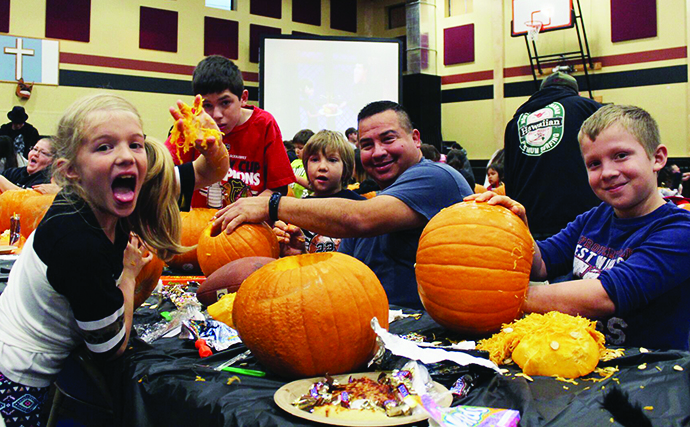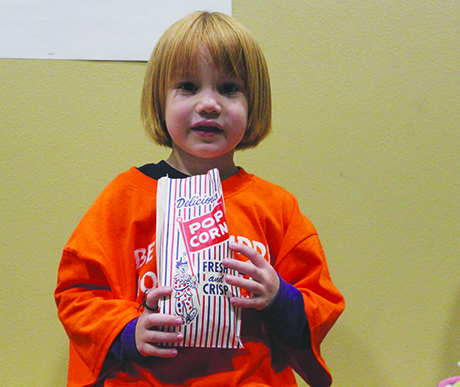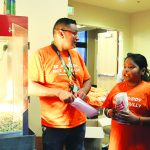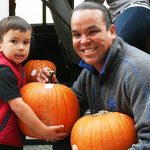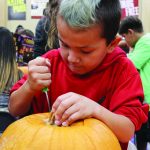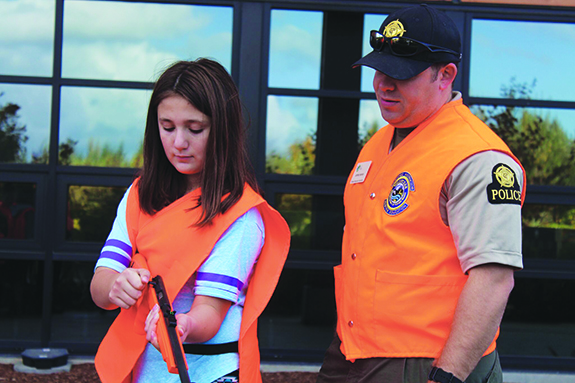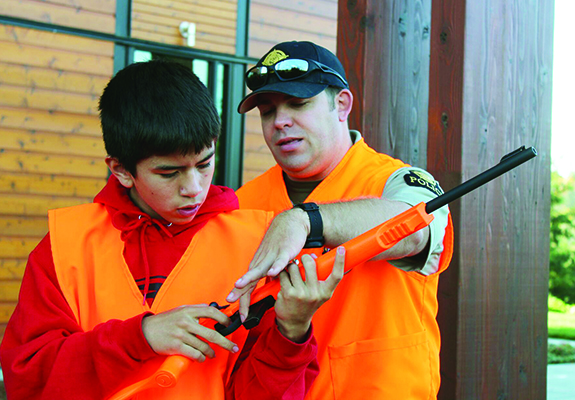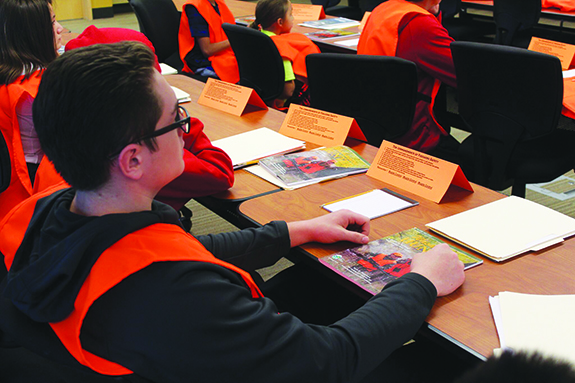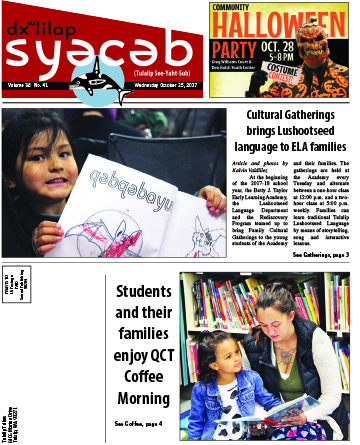What makes Hazel Blue Acres hazelnuts so special? These nuts are from a local family farm in Silvana, Washington, near the Stillaguamish River. Washington state natives Karen and Spencer Fuentes have meticulously worked for nine years with their hazelnut trees to finally achieve today’s sought-after, top-quality hazelnut bounty. With the help of their three young children, the Fuentes family is growing some of the finest hazelnuts in Washington state, and arguably the best in the U.S.
The Tulalip culinary team invites their guests to enjoy the following selections this November.
If pork belly is your forte, stop by Blackfish to try Chef David Buchanan’s appetizer of Maple Glazed Pork Belly served with roast pumpkin and toasted Hazel Blue Acres hazelnuts for $11. And while there, a slice of Chef Nikol Nakamura’s Warm Coffee and Hazelnut Brownie drizzled with house-made nutella, candied hazelnuts, and vanilla bean ice cream should be included for $8.
Cedars Cafe
What goes better with hazelnuts than blue cheese? Chef Brent Clarkson’s Blue Cheese Stuffed Hazelnut Crusted Chicken Breast stuffed with Oregon buttermilk blue cheese and topped with a Riesling, mushroom, sage, and prosciutto cream reduction. The entree comes with vegetable du jour along and a choice of fresh house salad or soup of the day. Diners can also select from an accompaniment of Rio rice, mashed potatoes, or baked potato for $20.95. This hazelnut special will be offered seven days a week during November from 11am to 11pm. For the sweet-tooth lover, indulge in the Chocolate Hazelnut Pudding with toasted Hazel Blue Acres hazelnuts; topped with Frangelico cream for $6.95.
The Carvery and Hotel Espresso On-The-Go-Go
Guests can enjoy a Toasted Hazelnut Chicken Salad on-the-go-go with a roasted chicken breast, toasted Hazel Blue Acres hazelnuts, red grapes, cranberries, and house-made dressing for $8.
As part of Chef’s Hazelnut Holidays, Eagles Buffett will be offering their signature Green Beans with toasted hazelnuts, shallots, and fresh thyme, which are part of the daily buffet offerings. For menu information and pricing, visit here.
The Draft Sports Bar and Grill will keep their hazelnut special in pub fashion featuring a Hazelnut Waffle accompanied by a roasted pork tenderloin and spiced maple glaze priced at $13.50.
Tulalip’s new dining venue Blazing Paddles Stone Fired Pizza and Spirits is also getting in on the game! Blazing Paddles will offer a Hazelnut Sweet Ending Dessert Pizza topped with a house-made streusel of finely chopped hazelnuts baked with a honey orange syrup finished with a festival frosting for $6.50.
The Tulalip culinary team extends an invitation to everyone to come experience their Hazelnut Holidays for this limited engagement. For more information about the Tulalip Resort Casino or the Chef’s Hazelnut Holidays, visit tulalipresort.com.
Shhh…here’s a sneak peek about what will be happening in December. It will be about sparkling wines and an American classic of french fries, which will start on November 30, 2017. Stay tuned!

